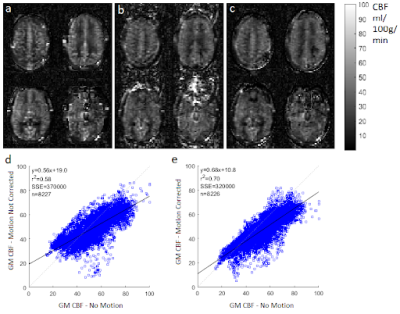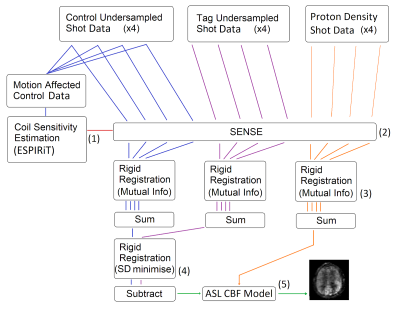Jack Highton1, Enrico De Vita2, and David Thomas3,4,5
1UCL Queen Square Institute of Neurology, University College London, London, United Kingdom, 2School of Biomedical Engineering and Imaging Sciences, Kings College London, London, United Kingdom, 3Dementia Research Centre, UCL Queen Square Institute of Neurology, University College London, London, United Kingdom, 4Neuroradiological Academic Unit, Department of Brain Repair and Rehabilitation, University College London, London, United Kingdom, 5Wellcome Centre for Human Neuroimaging, University College London, London, United Kingdom
1UCL Queen Square Institute of Neurology, University College London, London, United Kingdom, 2School of Biomedical Engineering and Imaging Sciences, Kings College London, London, United Kingdom, 3Dementia Research Centre, UCL Queen Square Institute of Neurology, University College London, London, United Kingdom, 4Neuroradiological Academic Unit, Department of Brain Repair and Rehabilitation, University College London, London, United Kingdom, 5Wellcome Centre for Human Neuroimaging, University College London, London, United Kingdom
A retrospective motion correction method for 3D GRASE ASL used a combination of ESPIRiT and image registration. Experimentally, it reduced artifacts and increased correlation between cerebral blood flow measurements acquired with and without motion.

Figure 5 - Top: CBF map slices from the experiment, calculated from 10 ASL repeats with the following motion circumstance: a) No deliberate motion. b) Nodding motion. c) Nodding motion with ESPIRiT based motion correction. Bottom: d) Correlation between the partial volume corrected voxel GM measured when the test subject was deliberately nodding v.s. when they were remaining still. e) Equivalent correlation after ESPIRiT based motion correction was applied.

Figure 2 - 1) The raw k-space data from all four shot acquisitions from all control image repeats are used to calculate coil sensitivity maps. 2) These are used to reconstruct full images from each of the individual shots. 3) These are then registered by maximizing mutual information. 4) The corrected tag and control image are registered by minimising the standard deviation of the subtraction, found to be the best metric for this problem. 5) The motion corrected data is used to calculate CBF maps.
